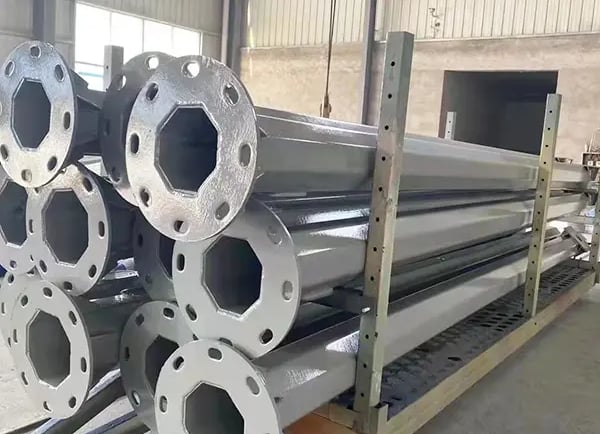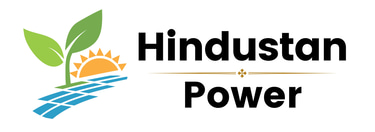How to Choose The Right Octagonal Pole As Per Your Needs.
5/28/20243 min read


How to Choose the Right Octagonal Pole
When selecting an octagonal pole for various applications, several critical factors must be evaluated to ensure optimal performance and durability. One of the primary considerations is the material of the pole. Common materials include steel, aluminum, and composite materials, each offering distinct advantages. Steel poles are renowned for their strength and durability, making them suitable for high-load applications. Aluminum poles, on the other hand, provide a lighter alternative with excellent corrosion resistance, ideal for environments where weight and weather resistance are paramount. Composite materials offer a blend of strength and lightweight properties, often used in specialized applications requiring specific performance characteristics.
The height and thickness of an octagonal pole are also crucial determinants of its structural integrity. Taller poles may be necessary for certain uses, such as lighting or telecommunications, but they must be engineered to withstand increased wind loads and other environmental factors. The thickness of the pole contributes to its overall strength and ability to bear loads, with thicker poles generally providing greater stability and durability.
Evaluating the pole's load-bearing capacity is essential to ensure it can support the intended load without compromising safety. This includes considering the weight of any equipment or fixtures that will be attached to the pole. Additionally, assessing the pole's wind resistance is vital, particularly in areas prone to high winds or severe weather conditions. Ensuring that the pole complies with industry standards and regulations is imperative to meet safety and performance requirements.
Aesthetic factors, such as design and finish, should also be taken into account. The appearance of the pole can impact the overall visual appeal of the installation site. Options for finishes include powder coating, galvanization, and painting, each providing varying levels of protection and aesthetic appeal.
Finally, practical aspects like ease of installation and maintenance should not be overlooked. Poles that are easier to install can reduce labor costs and project timelines. Similarly, poles that require minimal maintenance can offer long-term cost savings and operational efficiency. By carefully considering these factors, readers can make an informed decision when selecting the right octagonal pole for their specific needs.
Benefits and Latest Developments in Octagonal Poles
Octagonal poles have become increasingly popular in various applications, such as street lighting, traffic signals, and signage, due to their numerous benefits. One of the primary advantages of the octagonal shape is its enhanced structural strength and stability. Compared to round or square poles, the unique geometry of octagonal poles allows for an even distribution of stress, making them more resistant to bending and buckling under load. This structural integrity is crucial for withstanding harsh weather conditions and supporting heavy fixtures like luminaires and traffic lights.
Modern manufacturing techniques have significantly improved the quality and reliability of octagonal poles. Processes such as galvanization and powder coating provide robust corrosion resistance, ensuring longevity even in environments prone to moisture and chemical exposure. These protective coatings not only enhance the durability of the poles but also reduce maintenance costs over time, making them a cost-effective choice for municipalities and private enterprises alike.
Recent developments in the field have also seen the integration of smart technology into octagonal poles. Innovations such as remote monitoring and maintenance systems allow for real-time tracking of pole conditions and immediate identification of issues. This technological advancement facilitates proactive maintenance, minimizing downtime and operational disruptions. Additionally, the use of eco-friendly and sustainable materials in the manufacturing process aligns with global environmental goals, making octagonal poles a greener option.
Real-world applications of octagonal poles highlight their effectiveness and reliability. For instance, the city of Los Angeles has successfully implemented octagonal poles for its street lighting system, resulting in improved illumination and reduced maintenance efforts. Similarly, several European cities have adopted octagonal poles for traffic signal installations, benefiting from their superior stability and smart technology integration.
In conclusion, the benefits and latest developments in octagonal poles demonstrate their superiority in various applications. Enhanced structural strength, improved manufacturing techniques, and innovative smart technologies collectively contribute to their growing adoption worldwide. As cities and industries continue to seek efficient and sustainable infrastructure solutions, octagonal poles stand out as a robust and forward-thinking choice.
